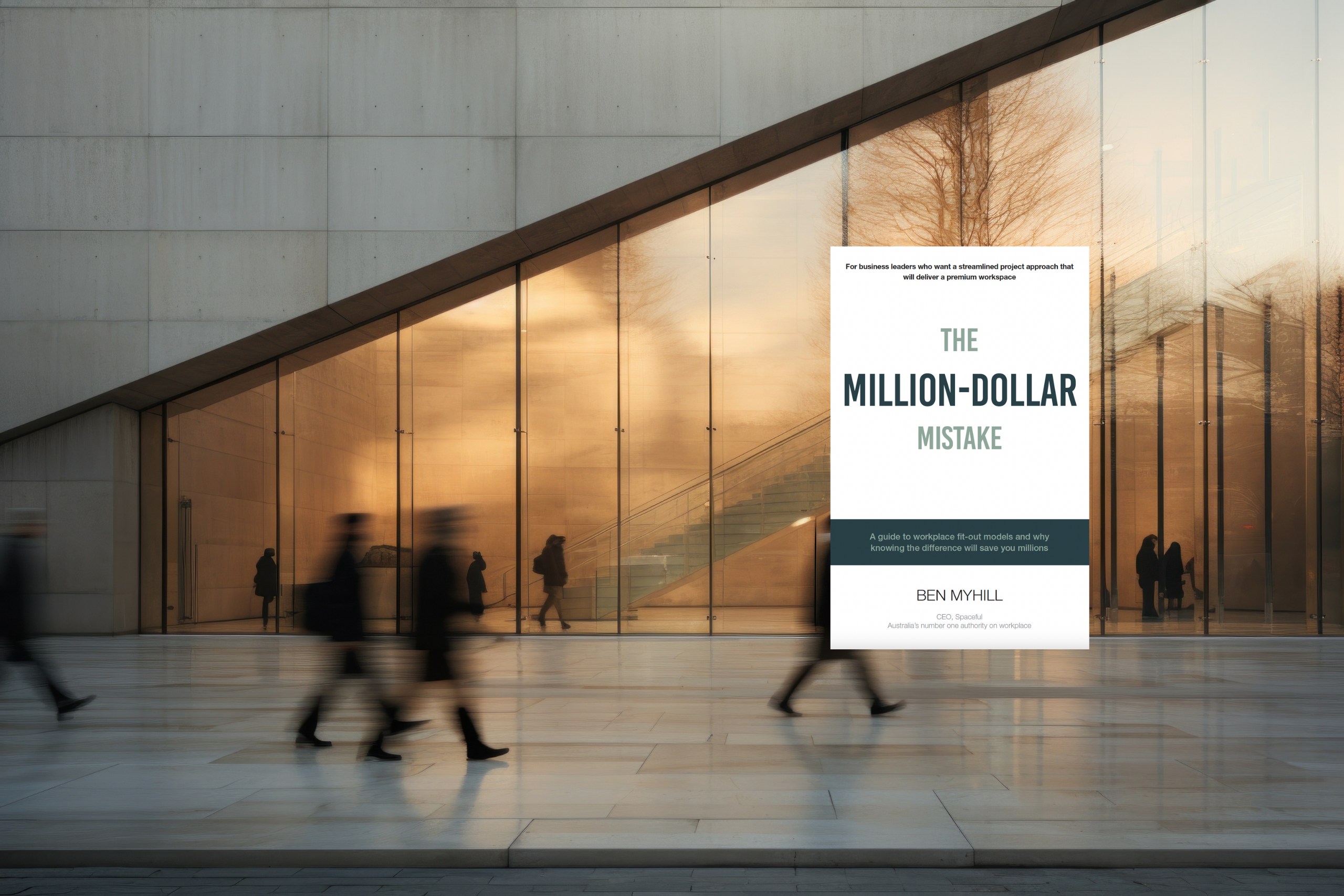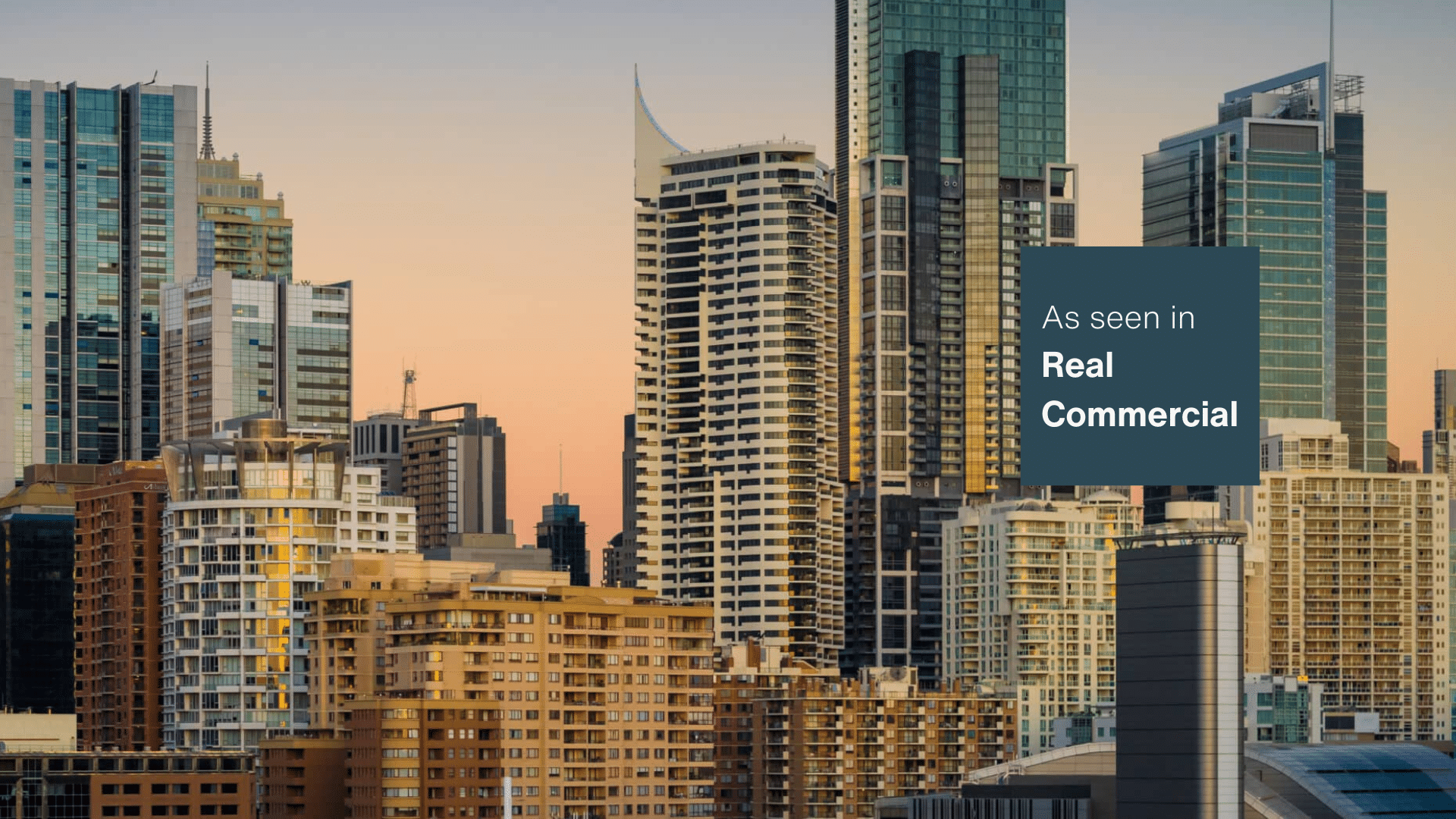
What is the trend?
Environmental challenges are a key theme of the 21st century. As a society, humanity is waking up to the excesses of our past, and the need for widespread action.
“Sustainability is very important to employees and is an important indicator of employee engagement, retention, performance, and well-being. Employees are attracted to companies that focus on sustainability as part of their business strategy because it gives meaning to the work they do.” – Source
Businesses that treat sustainability as an afterthought will find it harder to attract and retain good staff in the future, and may even be penalised for their impacts. The opposite applies to companies that go out of their way to look after the environment.
Why is this trend important to business success?
For organisations to operate successfully, they need buy-in from their staff, customers, and community. And whilst it was much easier to ignore environmental impacts in the past, this is no longer the case.
In a 2016 study, 51% of respondents said that they won’t work for a company if it doesn’t have strong social and environmental commitments.
As millennials and subsequent generations enter the workforce, the expectations for environmental consideration are only going to become more prominent.
How can we embrace this trend?
The first thing an organisation can do to embrace ‘going green’ is to stop thinking of it as just a trend, and start seeing it as the cultural shift that it is.
The next port of call is leasing in a ‘green building’.
“Green buildings are certified to reduce the negative impact on the environment. By extending green policies beyond the building, we’ve found that workers will not only have a durable, liveable, and accessible workplace but a safe and healthy one as well.” – Source
And it really does make a difference on employee performance. According to research from the University of South Australia, “occupants in green buildings have higher cognitive function scores, less sickness and higher sleep quality scores than workers in non-green buildings.”
But just leasing a green building isn’t enough. To really make a meaningful difference, organisations should consider actively promoting green behaviours.
“This is where green HRM (human resource management) comes in. It goes beyond simply reading the building instruction manual, by introducing policies that build greater awareness and practices in line with the needs of green buildings.”
Here are some ways that leading organisations are taking action to minimise the environmental impact they have in the workplace.
Workplace design:
- Implementing responsible waste management like recycling and composting
- Water conservation – recycling water through onsite water treatment
- Biophilia – using lots of plants and outdoor and rooftop spaces to plant gardens
- Repurposing furniture where possible, and procuring sustainably sourced materials from local suppliers
- Providing laptops instead of desktops where possible. They use less energy, and facilitate more flexible working arrangements.
- Workspace personalisation – personalised or localised air conditioning control
- Using AI to control the efficient consumption of energy
- Using solar window film to help keep the building warm during the winter months
- Maximising the natural light in the workspace to reduce energy requirements
- Using energy efficient and automated lighting options such as sensor and timer based applications, to keep usage to a minimum
- Selecting energy-efficient appliances
- Generating electricity from renewable sources, such as solar panels. These can help the business to recoup some of its costs whilst keeping the carbon footprint to a minimum.
Promoting sustainable behaviours:
- Promoting the reduction of paper waste
- Promoting sustainable ways to commute
- Providing recycling bins in prominent areas and encouraging staff to sort their waste into plastics, metal, paper, and glass
- Providing a coffee machine in the kitchen. Australians discard almost 3 million single-use coffee cups every single day.
To minimise your environmental impact, consider these points in your workplace sustainability strategy and foster an environment where people can share ideas and test new sustainability initiatives to encourage staff to shift their mindset and behaviours.


